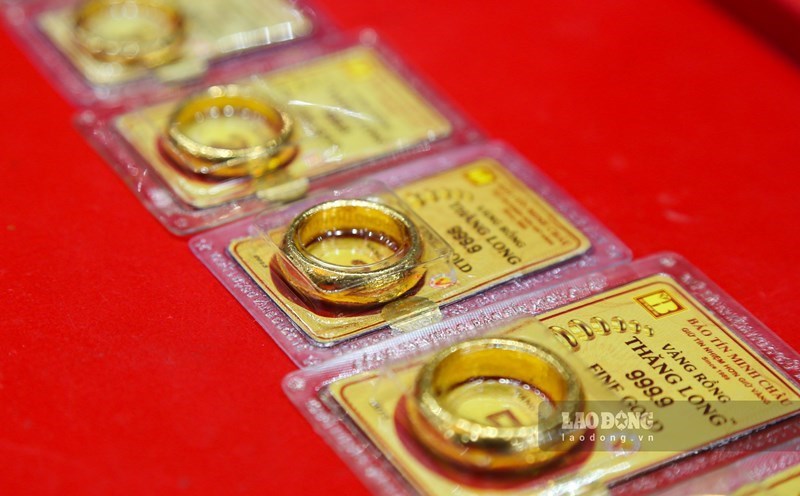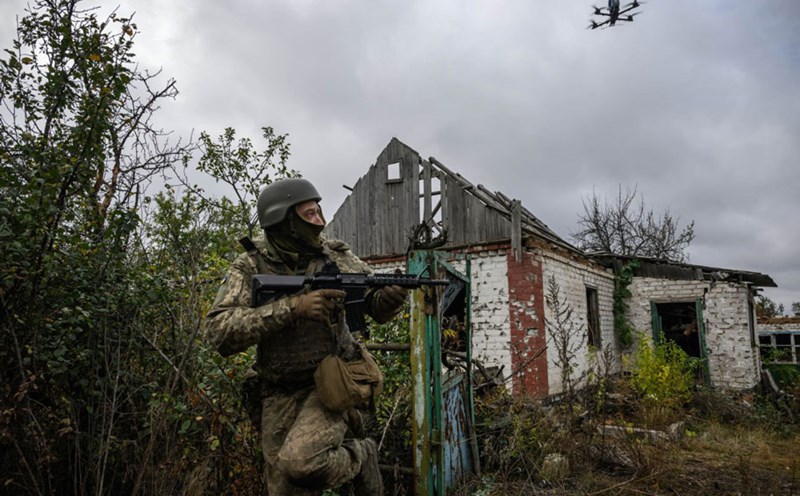German Defense Minister Boris Pistorius said he believes the coalition government can reach an agreement on a new military service model to be implemented next year, amid growing concerns about security against Russia.
According to Pistorius, the German cabinet has approved a proposal for a voluntary military service program, aimed at increasing the number of soldiers and reserve forces. However, the plan still needs approval from the National Assembly and is facing opposition from some lawmakers in his Social Democratic party as well as from Prime Minister Friedrich Merz's conservative faction. He stressed that everyone is aware of the seriousness of the situation, so he believes the law will take effect early next year.
Previously, Duc had the idea of organizing a compulsory draw for young men if the voluntary program did not meet the target. However, Mr Pistorius dismissed the option, saying that the randomness of drawing could disappoint the younger generation and lead to the recruitment of un motivated people. He said that it is necessary to convince young people with reason, helping them understand the value of a strong army that can deter other countries.
Minister Pistorius also affirmed that maintaining a comprehensive medical examination is necessary, so that Germany does not take time to determine who is capable of fighting in case the country is attacked.
Germany lifted the mandatory military service in 2011 and has struggled since then to meet its military personnel targets. Mr. Pistorius aims to increase the number of soldiers from the current 180,000 to 260,000 by the early 2030s, in order to meet NATO's targets and strengthen national defense capabilities.
In addition, Germany is also testing a "suiciding" unmanned aerial weapon, also known as the death drone. The three companies are participating in the testing phase, expected to end by the end of this year before the government chooses an official contractor. This type of weapon has proven effective on the battlefield of Ukraine and is now widely used by both Russia and Ukraine.











